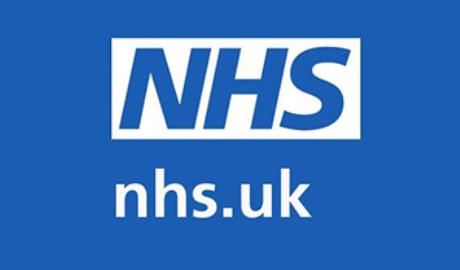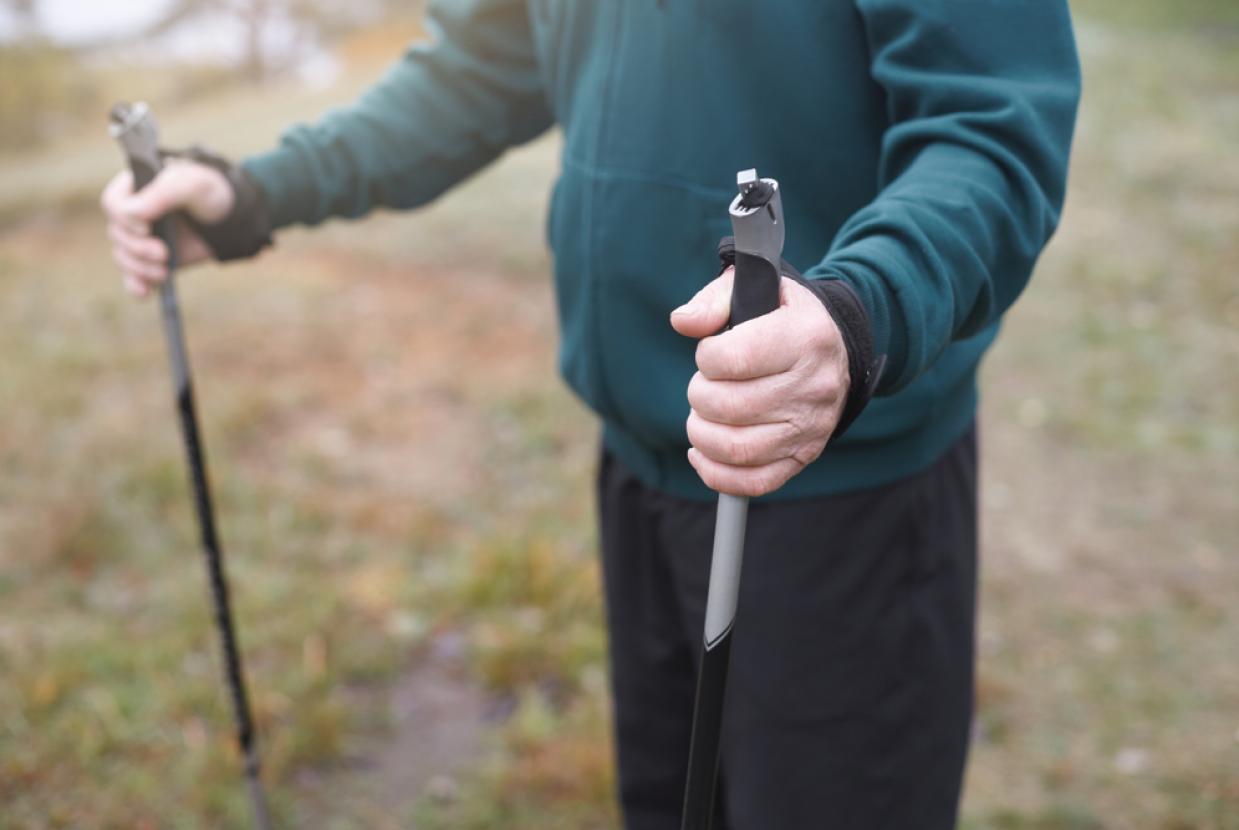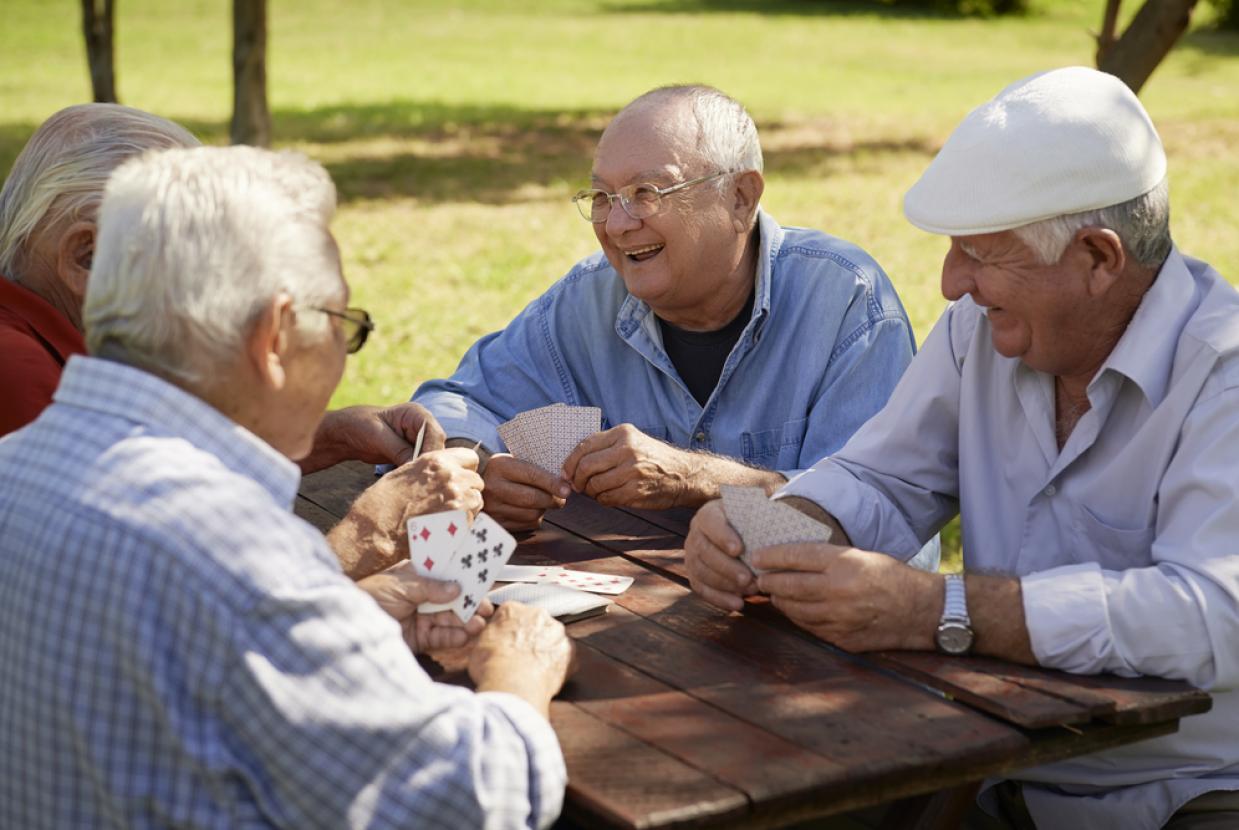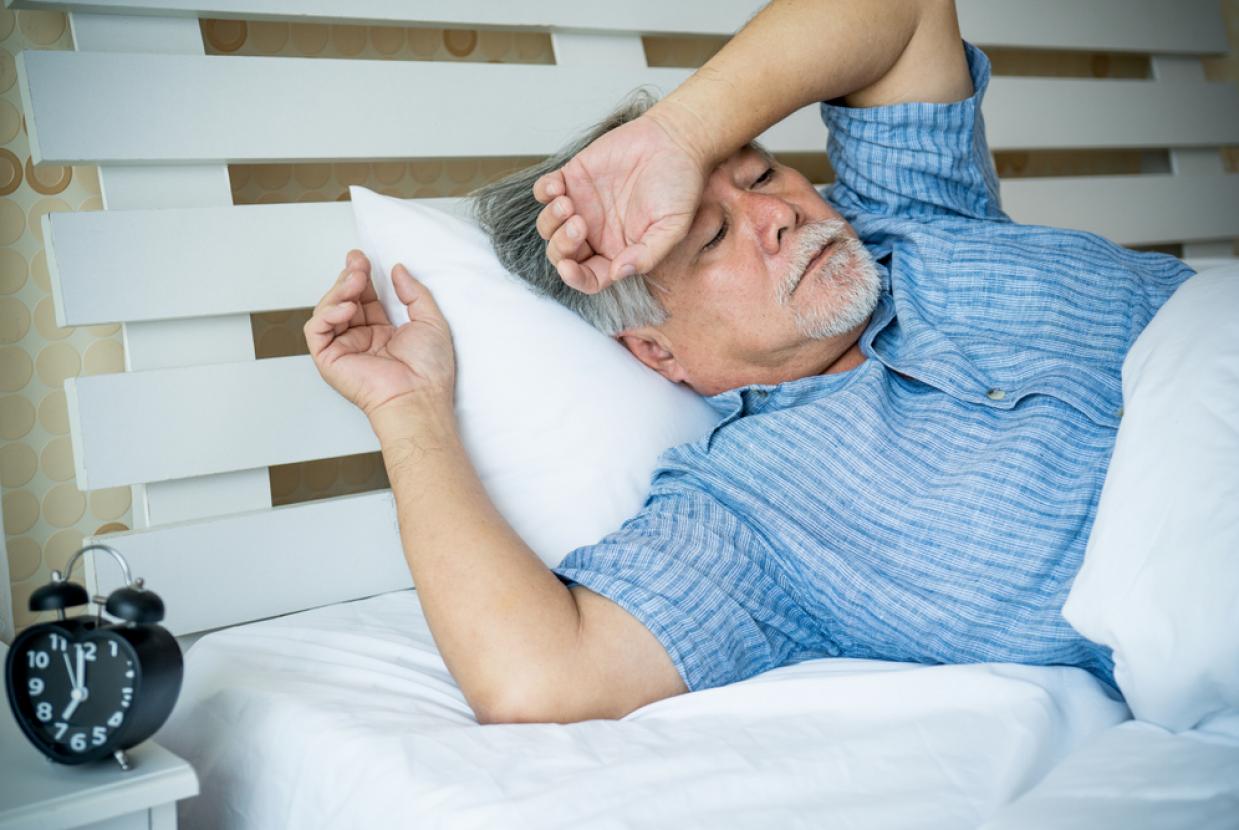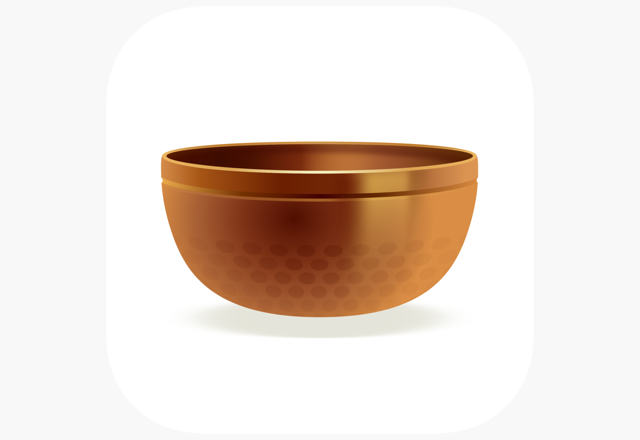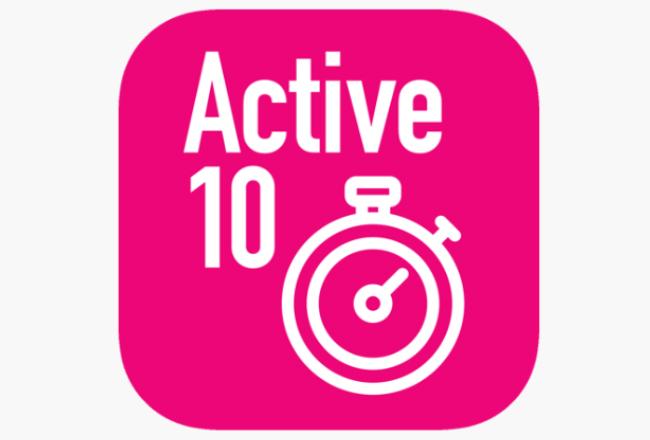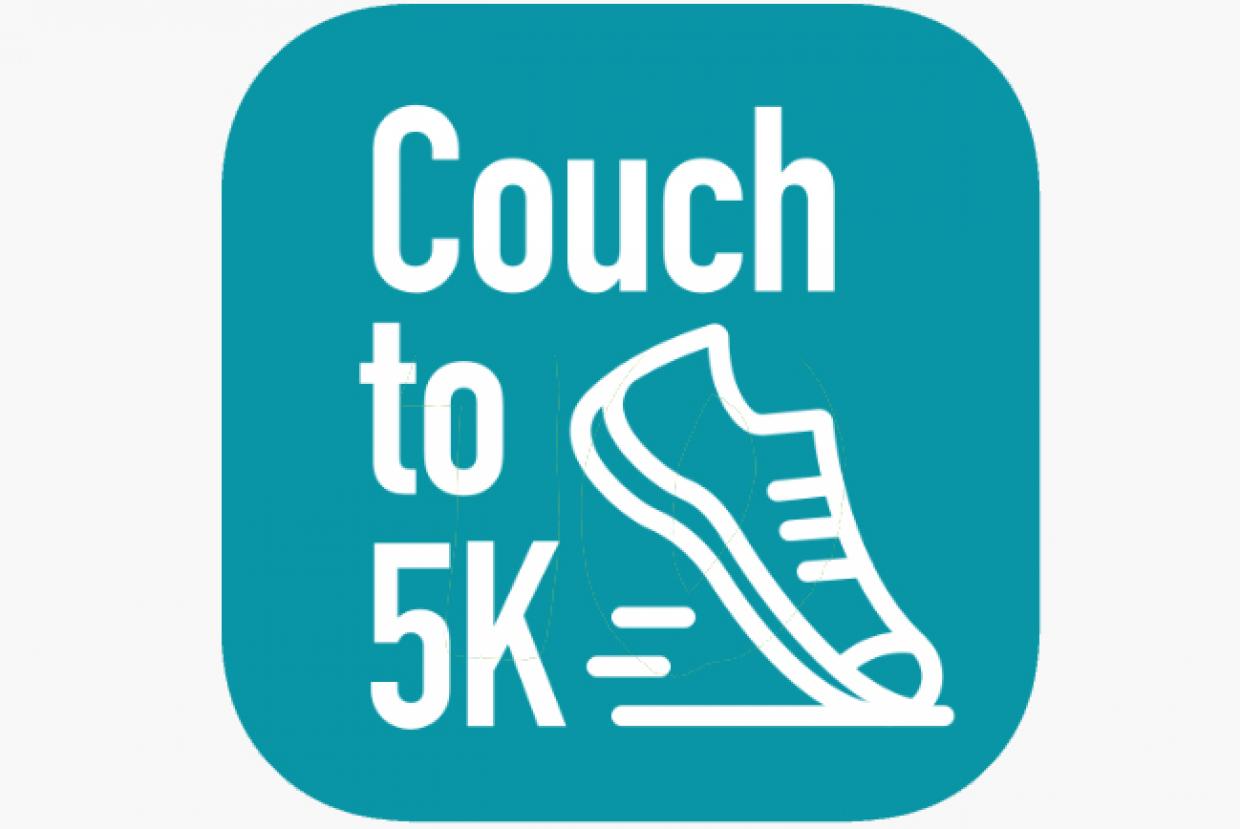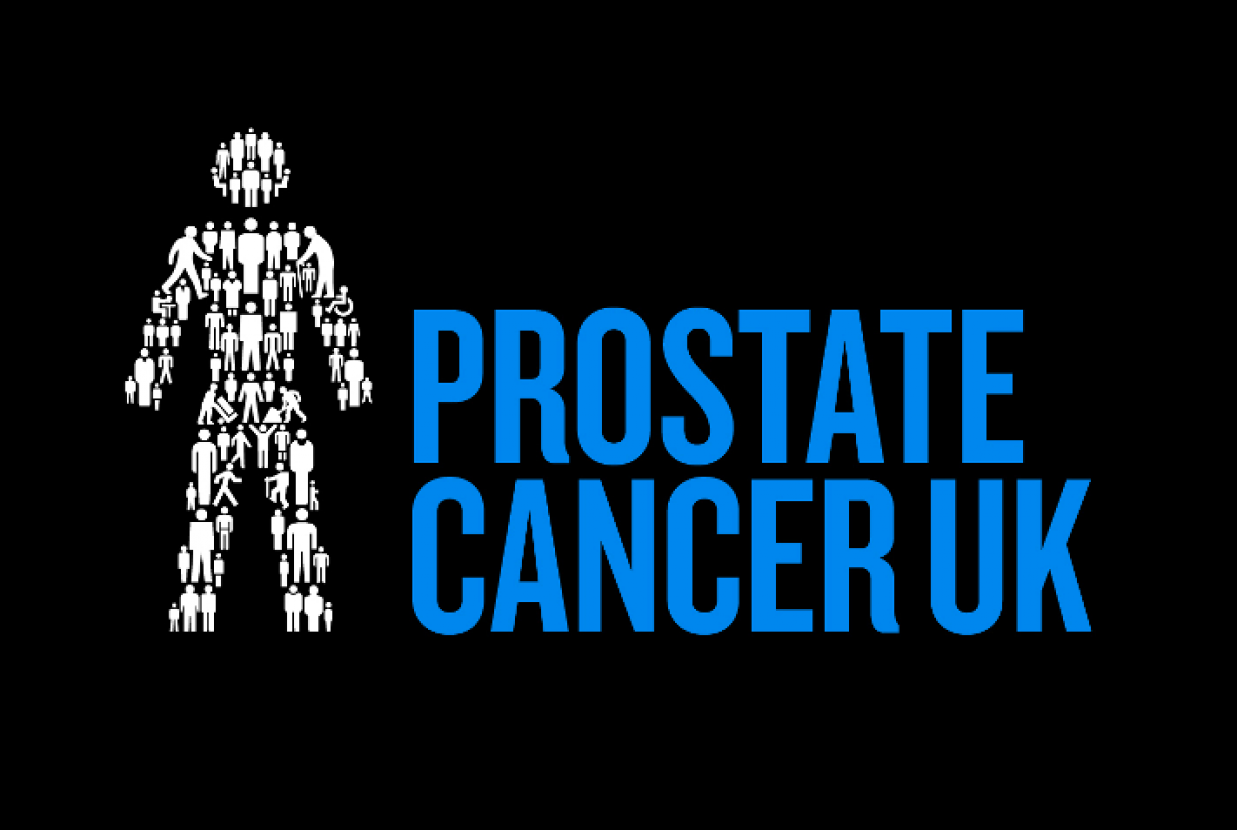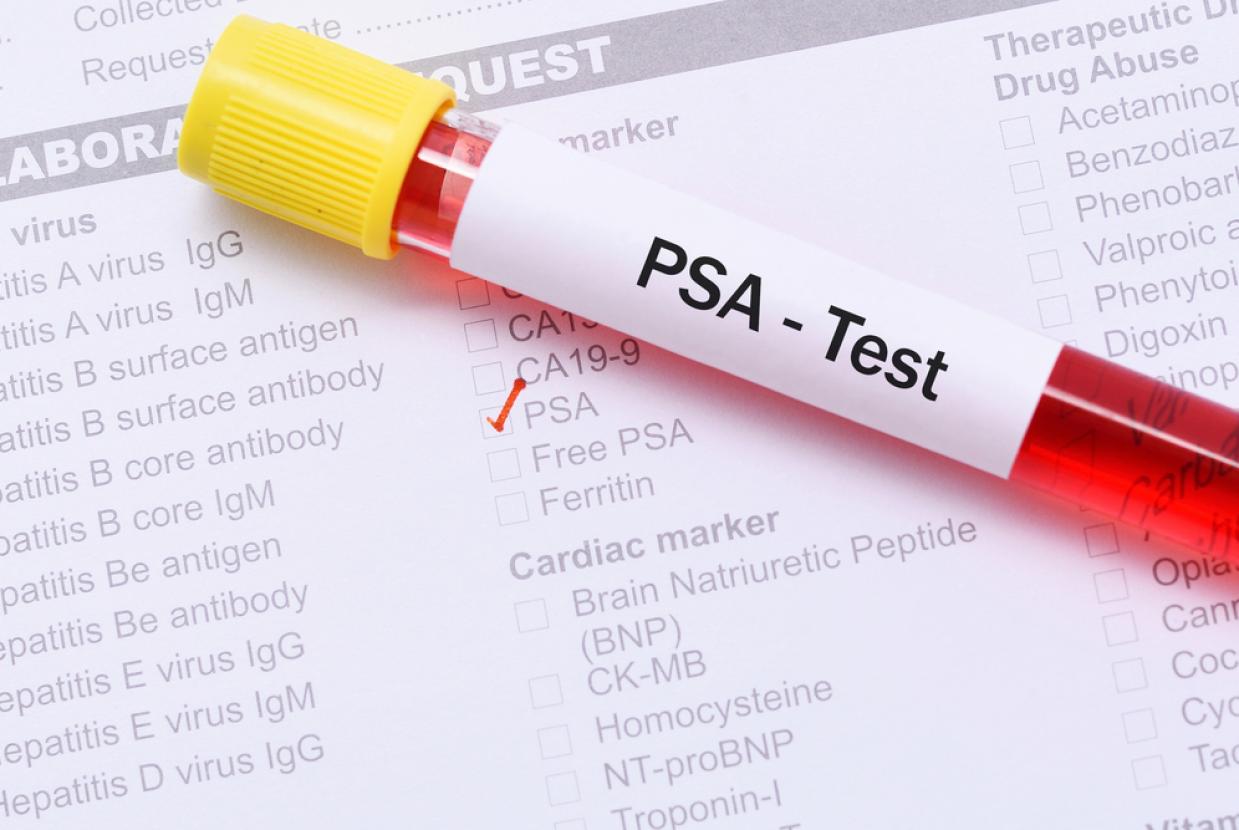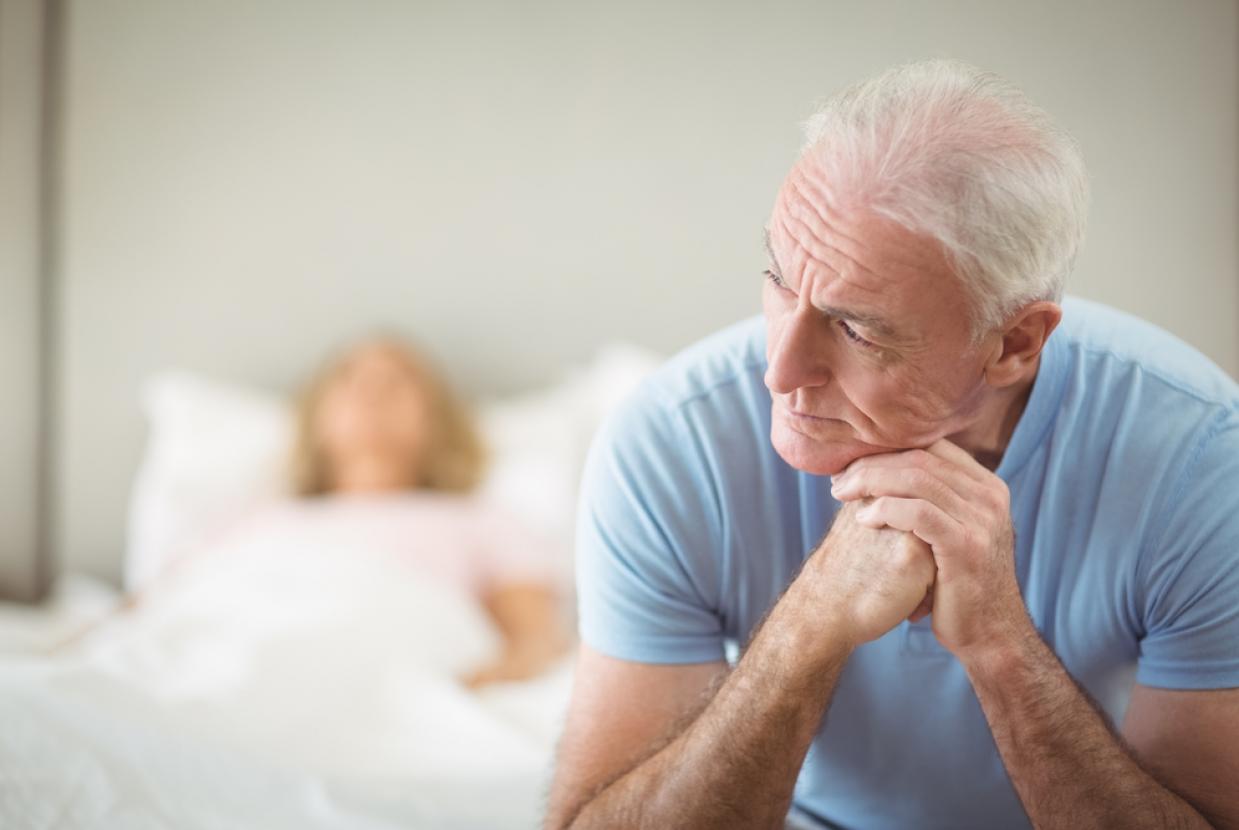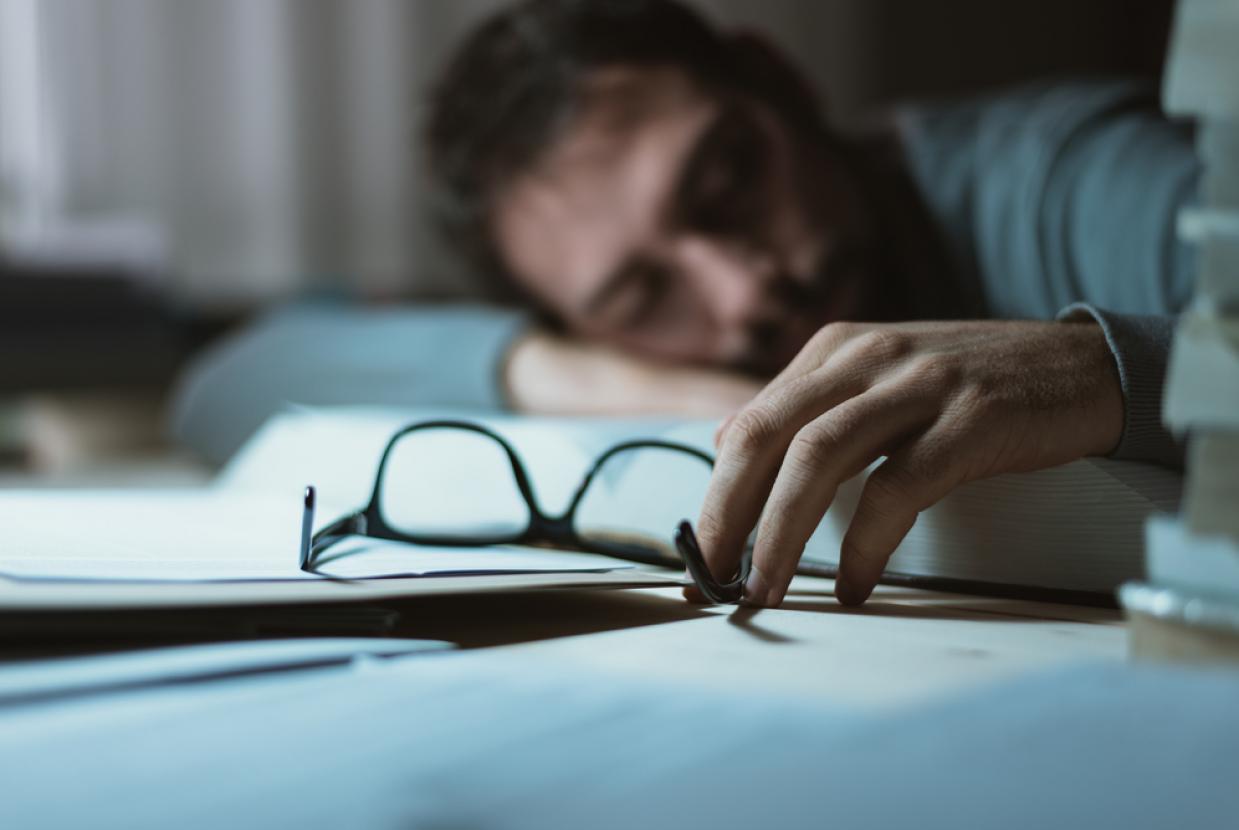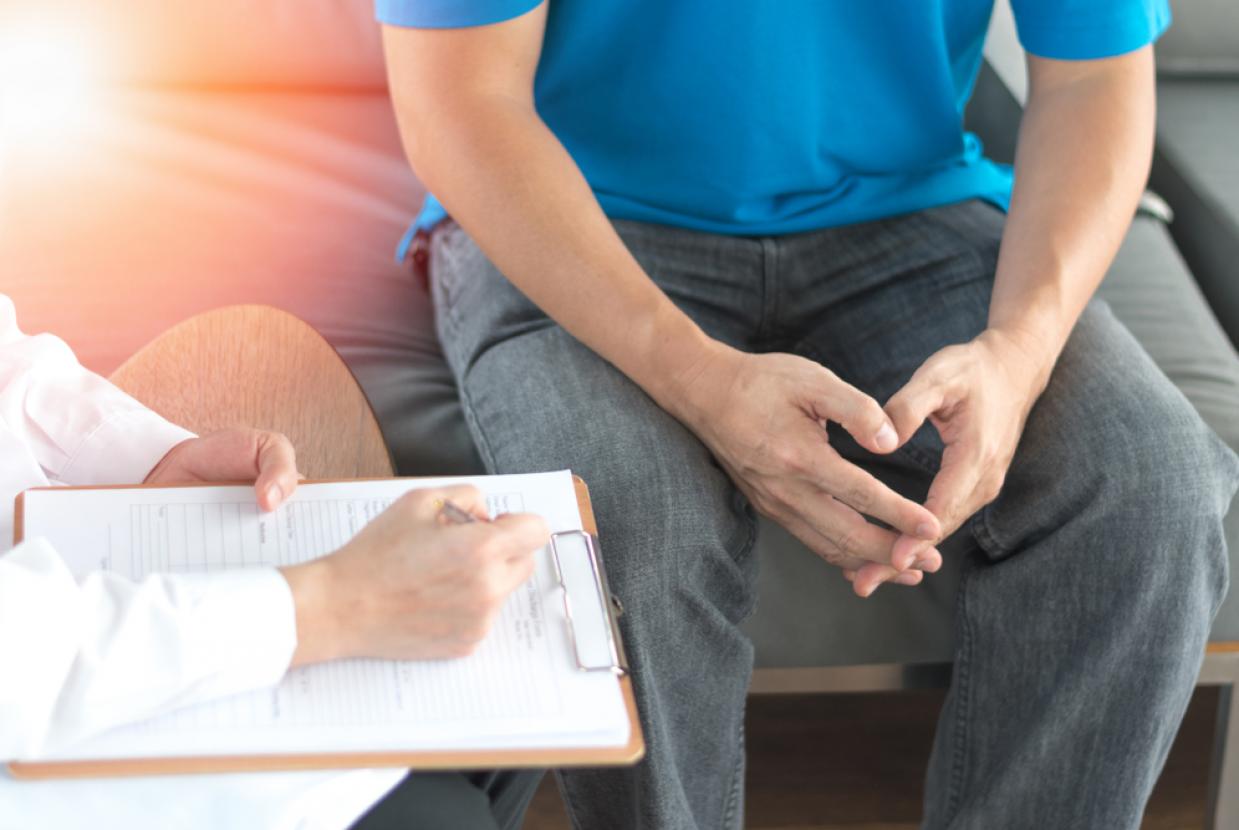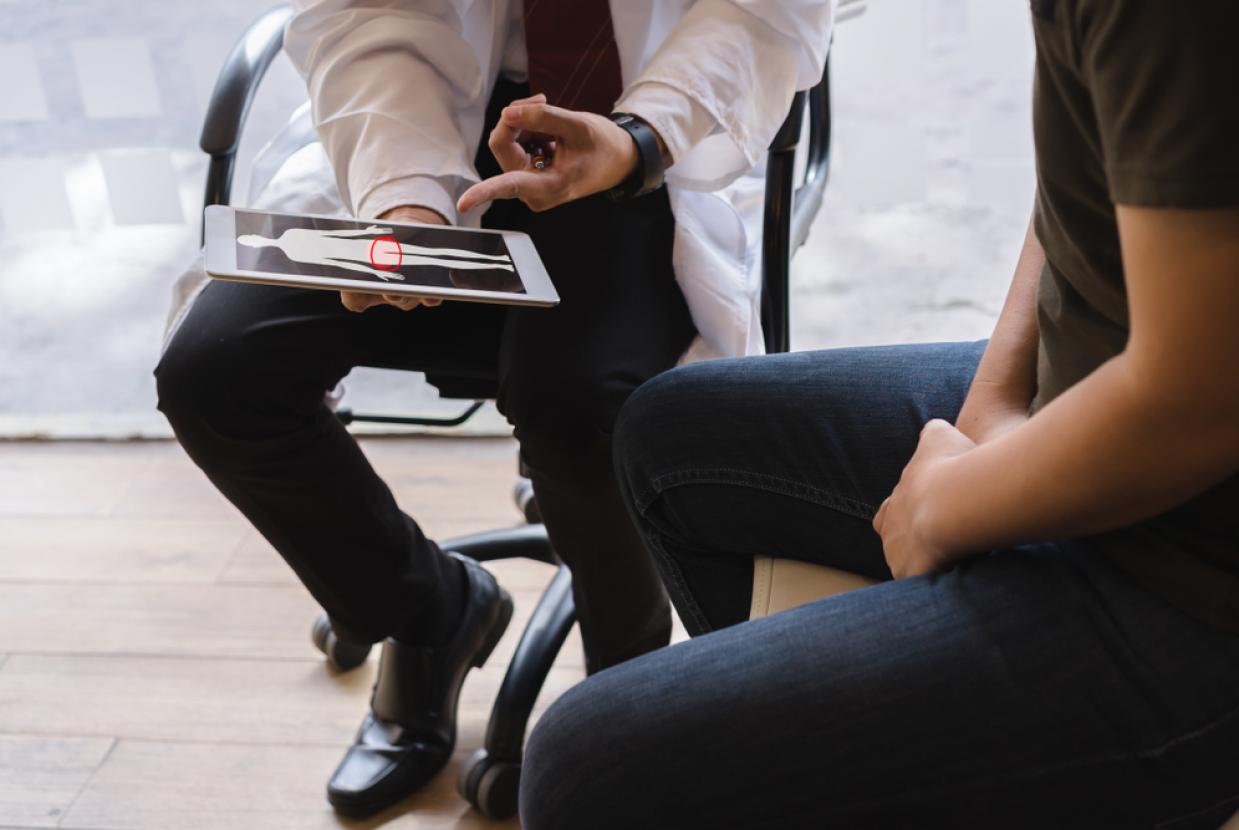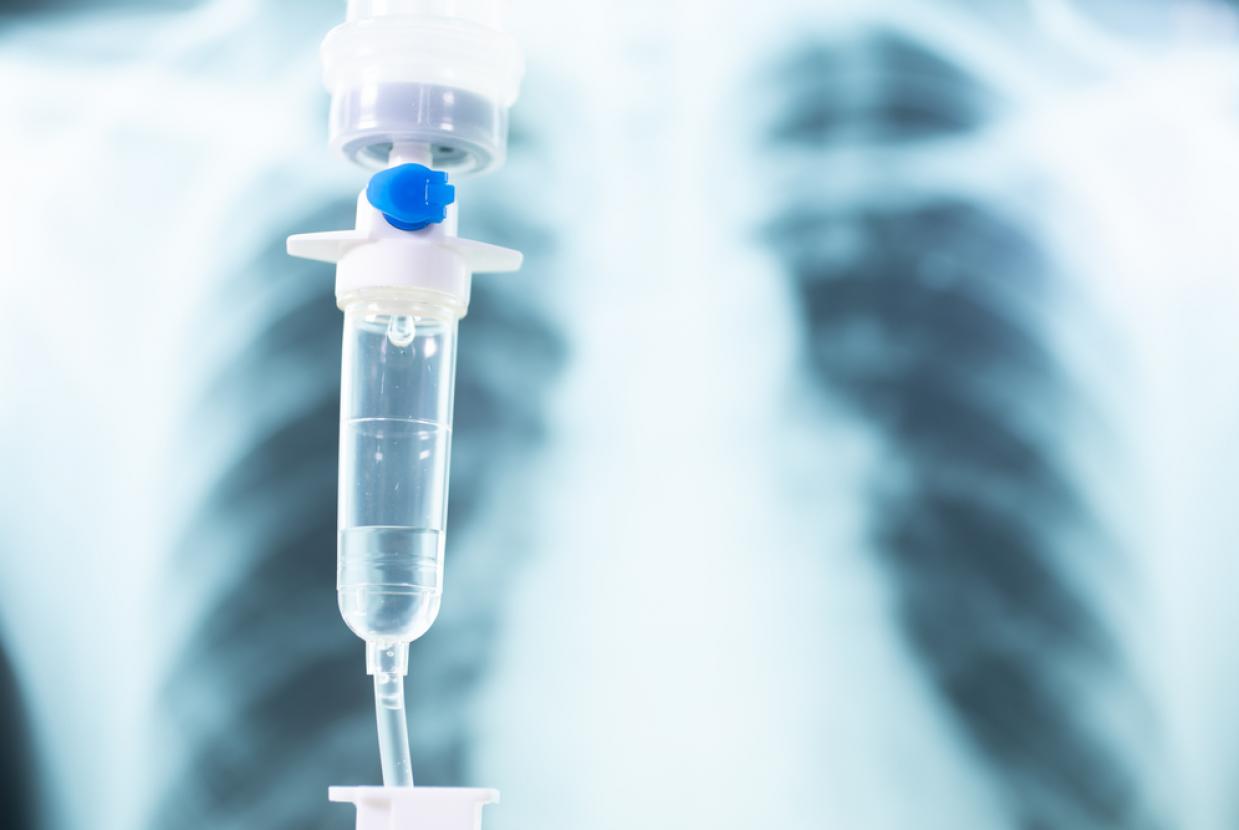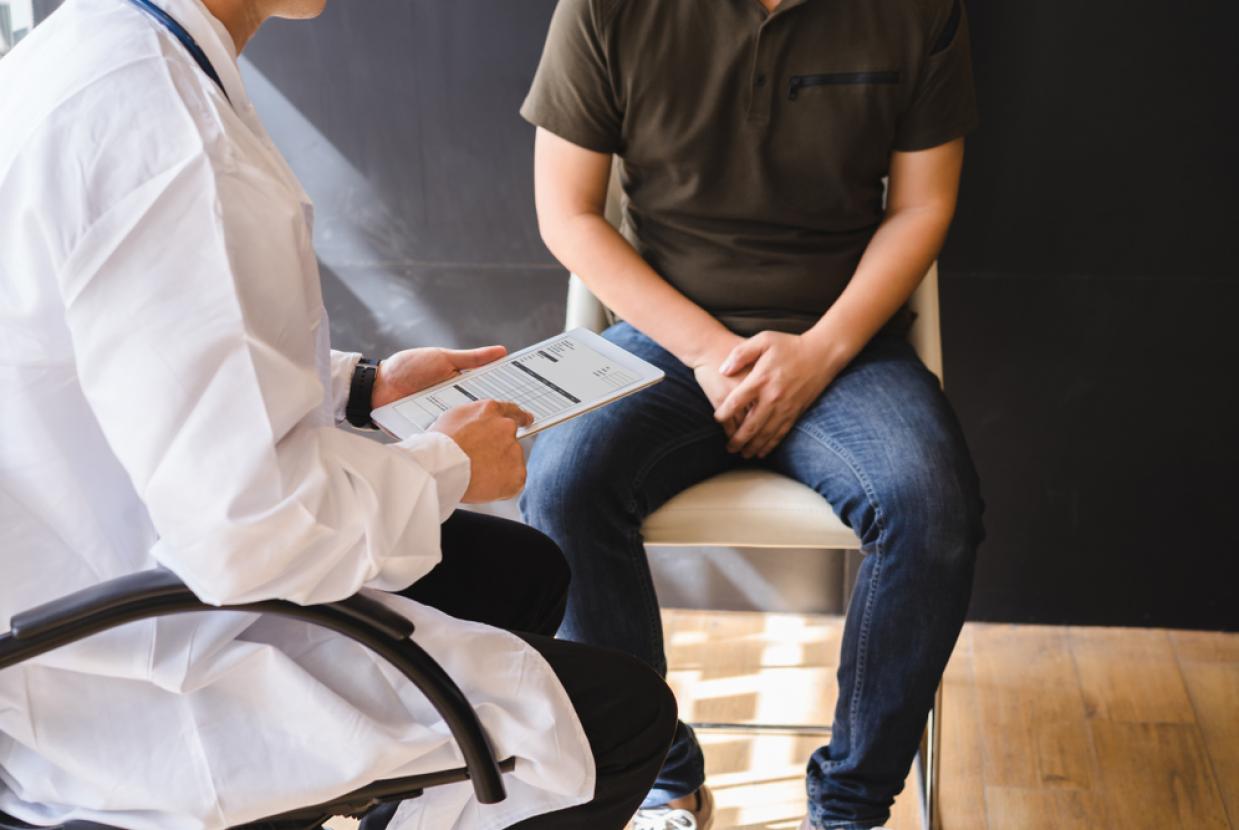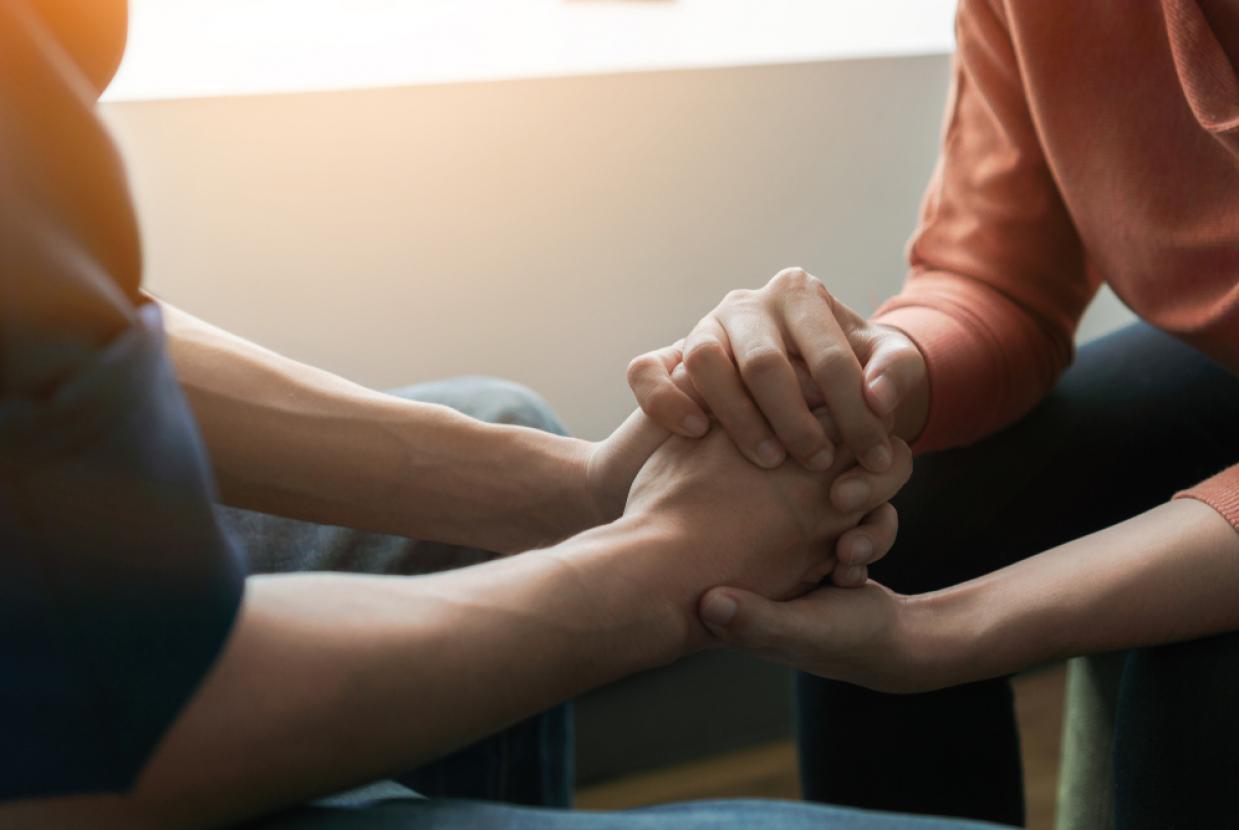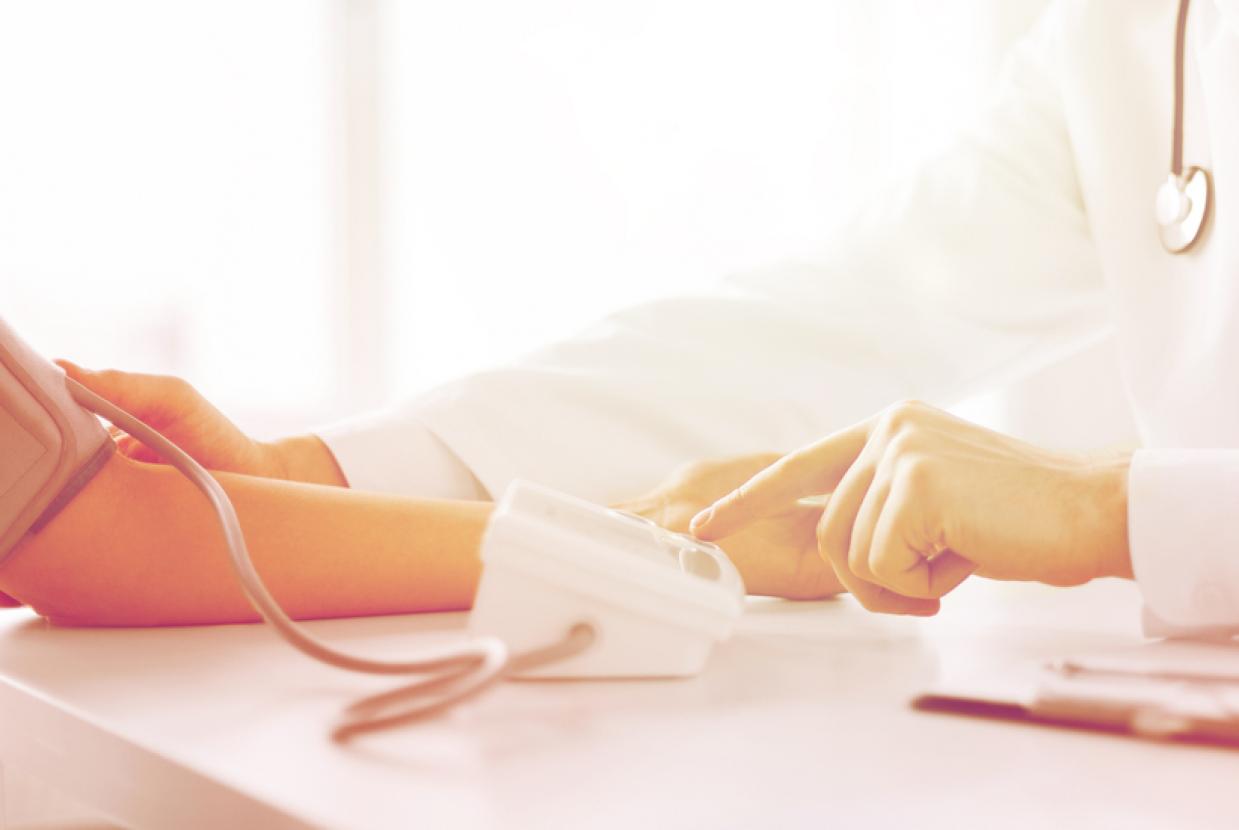Treatment For Enlarged Prostate
Treatment for an enlarged prostate
An enlarged prostate does not always need treatment. It depends on your symptoms and how they're affecting you.
If your symptoms are not causing many problems, doctors will usually recommend trying lifestyle changes first.
If your symptoms get worse you may need medicines or surgery.
Medicines for an enlarged prostate
If you have moderate or severe symptoms you may be offered medicines for an enlarged prostate, including:
- medicines that help you to pee, such as tamsulosin, doxazosin or alfuzosin
- medicines that help with needing to pee more often or more urgently, such as oxybutynin or tolterodine
- medicines that help stop your prostate growing, by reducing hormone levels, if you're at high risk of your condition getting worse, such as finasteride or dutasteride
These medicines can cause side effects. Your doctor will explain the benefits and possible side effects and help you decide if they are right for you.
You'll have regular check-ups to see how well the medicine is working.
Surgery for an enlarged prostate
You might be offered surgery if medicines have not helped, or your symptoms are severe.
The most common surgery you may be offered for an enlarged prostate is called transurethral resection of the prostate (TURP). This involves removing part of your prostate through a thin tube that's passed up your penis to your prostate.
Sometimes you may be offered a different procedure, but they may not be suitable for everyone. They include:
- removing or destroying part of your prostate using lasers, an electrical current, steam or a jet of water
- holding part of your prostate open and widening your urethra, using a small implant
- making small cuts in your prostate around the opening to the bladder
- removing part of your prostate using surgery
The surgeon will explain your options, the risks and benefits of the procedure, and what will happen.
Treatments and support for living with an enlarged prostate
Treatment and support is also available to help with symptoms of an enlarged prostate. This can include:
- products such as pads, pants or sheaths to help with leaks or dribbling pee
- a urinary catheter – a flexible tube that's put into your bladder to drain pee, if you cannot empty your bladder
- help with bladder training, where you try holding on for a short time when you need to pee, and gradually increase the time over a few weeks
- pelvic floor muscle training – exercises to strengthen muscles that help control your bladder



